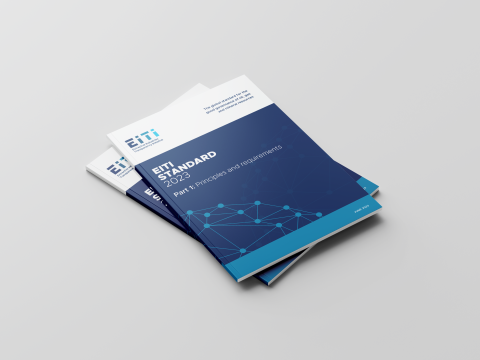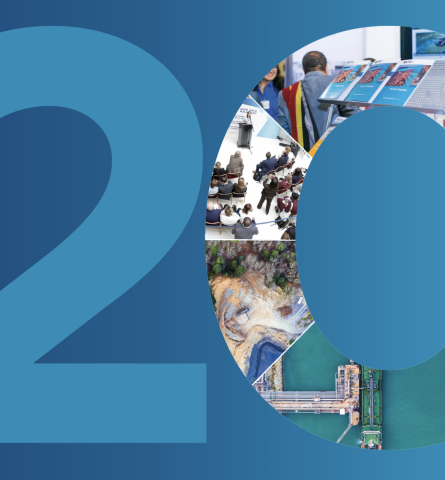
Members of the Norwegian multi-stakeholder group met in the margins of the EITI board meeting in Oslo to discuss the government’s recent proposal to mainstream the Norwegian EITI process. The plan is to move from producing reports to making use of existing government and company disclosures.
In practice, a number of EITI implementing countries are already making the information required by the EITI Standard available through government and corporate reporting systems (databases, websites, annual reports, portals, etc.) rather than separate EITI Reports. This helps to ensure that the data are timely, reliable and accessible. In 2016, the EITI Standard was revised to encourage these efforts.
Norway has been an EITI implementing country since 2007, and has since published eight EITI Reports with no discrepancies. The country has introduced country-by-country reporting in 2013, transposing the EU Directive into its national legislation.
This means that the company data that is currently included in the EITI Report is also available from the companies’ payments to governments reports published on their company webpages. Similarly, government agencies publish the revenues that they receive in online portals and in annual reports.
In addition, there are already a number of arenas for public debate about natural resource governance in Norway. Some stakeholders have thus concluded that the current EITI format of regular multi-stakeholder group meetings and annual EITI reporting no longer add value in Norway. Thus the proposal for an EITI process with less emphasis on these requirements.
On the other hand, after three years of implementation and reporting, some of the civil society constituency argue that the current country-by-country reporting does not provide sufficient context to be an effective tool to detect and prevent tax planning and tax evasion, which is the stated objective of the Norwegian regulation. They would only support the suggestion to use the country-by-country reports if some improvements were made.
The meeting took place against a backdrop of a parliamentary vote on 30 May on whether to amend the Norwegian country-by country regulation to include so-called “extended country by country reporting”, as advocated by some Norwegian NGOs. It seems that the following information would be available with extended country by country reporting:
- The reporting would be linked to the companies’ annual accounts and therefore show audited figures.
- All company costs and expenses would be disclosed enabling readers to see both revenues and costs per country of operation.
- The reporting would encompass reporting on payments to governments in all jurisdictions where an extractive company has activities (not be limited to countries where the production and exploration takes place).
Norwegian stakeholders continue to debate the merits of these two proposals. Whilst from an EITI perspective Norway’s suggested approach to mainstreaming appears technically sound, the EITI currently requires any mainstreaming application to have the support of all three stakeholders. That in itself poses some interesting challenges for the EITI in terms of figuring out whether mainstreaming and multi-stakeholderism is compatible, and what the role of a multi-stakeholder group should be when implementation is mainstreamed.
- More on mainstreaming
Image credit: screenshot of norskpetroleum.no



